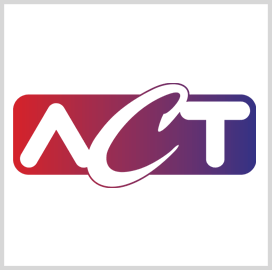
Lunar habitation
ACT Receives NASA Funding to Develop Thermal Control Solutions for Moon Missions
The National Aeronautics and Space Administration has awarded Pennsylvania-based Advanced Cooling Technologies $5 million in funding to develop thermal control solutions that will enable vehicles and other equipment to survive harsh lunar environments without an active power source.
The thermal solutions provider said it will use the NASA Sequential Phase II SBIR Program Award funding to develop various heat transport, radiators and other systems for moon-bound landers, rovers and habitats, SpaceNews reported Friday.
ACT Chief Engineer Bill Anderson said funding from NASA enables the company to develop more cost-effective devices that do not need electric power to the heat using high thermal conductance. He added that just one watt of electricity can run a thermal control system and other devices during a lunar night that is equivalent to 14 days long. However, more than five kilograms of batteries and extra solar cells are needed to accomplish the feat.
The company aims to develop solutions for small, low-power vehicles that face significant thermal challenges because of the slow rotation of the lunar surface relative to the sun. ACT has engaged the services of Astrobotic Technology, a commercial developer of lunar landers and rovers based in Pittsburgh, to help with the thermal management technology for the project.
Astrobotic plans to use solutions built by ACT for its Griffin lunar lander, which will deliver NASA’s Volatiles Investigating Polar Exploration Rover mission near the lunar south pole in late 2023, following a launch on a SpaceX Heavy rocket. The mission is part of the space agency’s Commercial Lunar Payload Services program.
James Eckard, Astrobotic’s technical project manager, said the development of cheaper and more cost-effective ways to tackle thermal challenges on the moon without an active heat source opens up new commercial opportunities for the space industry.

Category: Space




